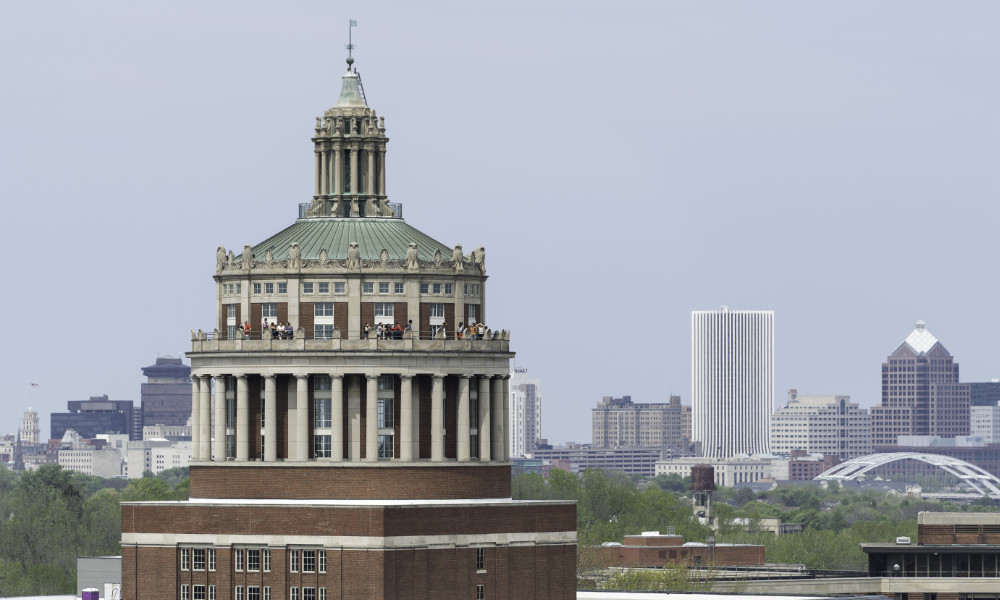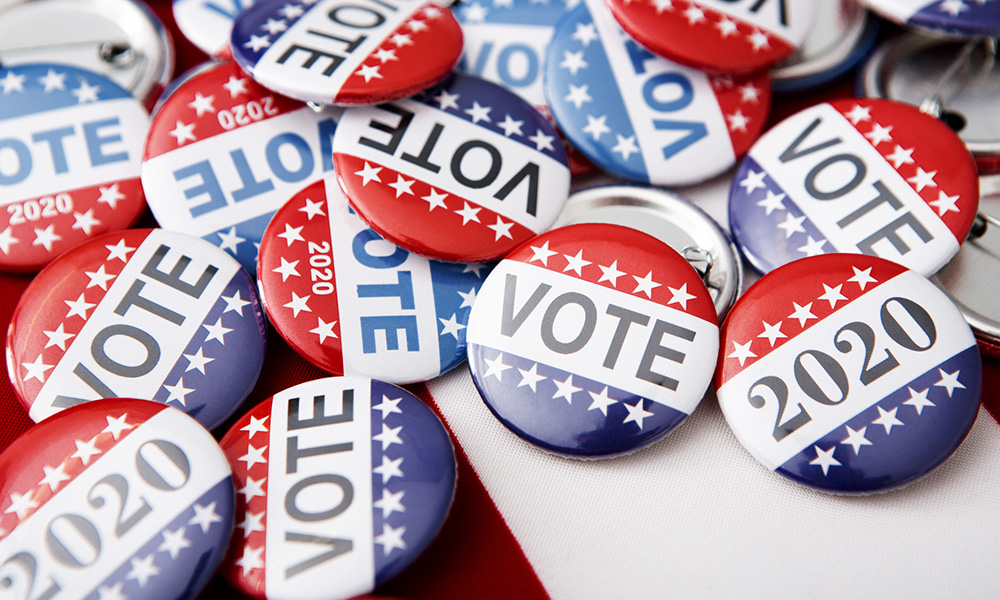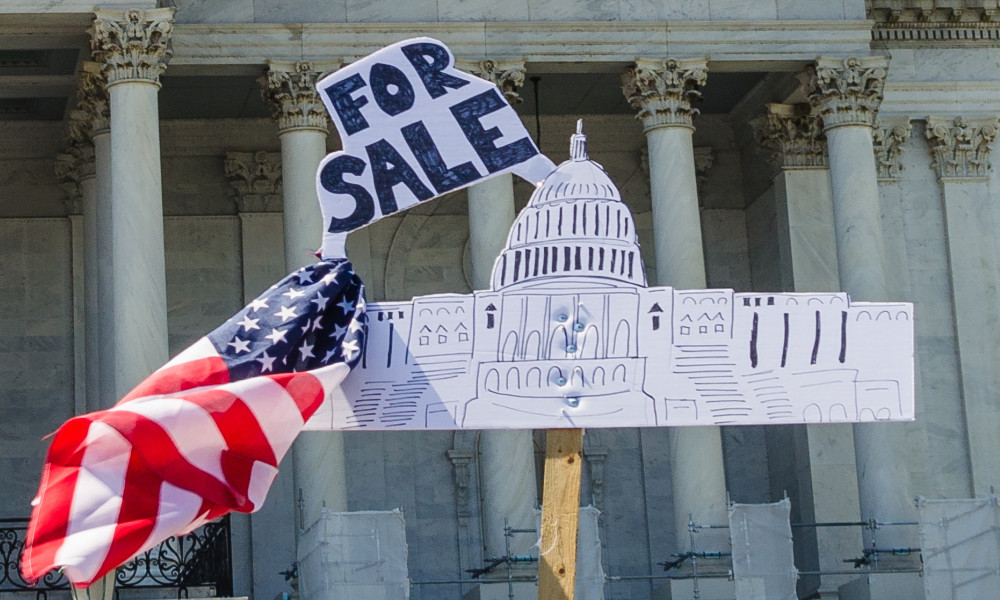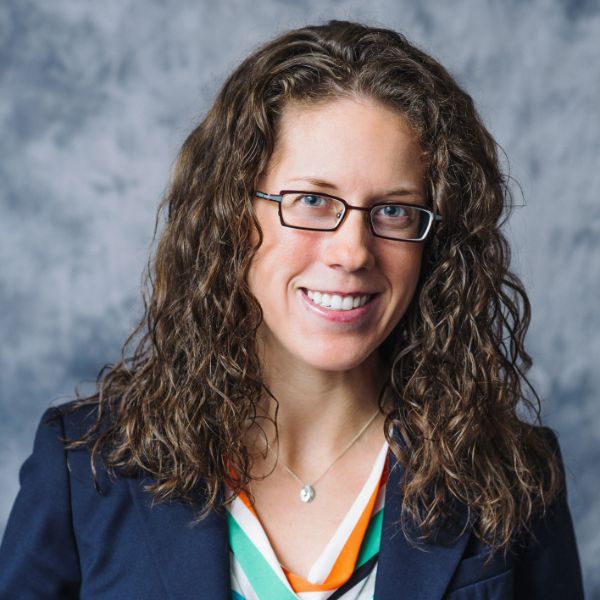College-student voting skyrocketed nationwide in 2020, according to a new report—and Rochester students participated at rates above the national averages.
Student voting on the University of Rochester’s campuses increased significantly during last year’s presidential election, rising to 68.3 percent in 2020 from a rate of 52.1 percent in 2016. The University’s rates for voter registration and turnout of registered voters also increased from previous years.
- The full report for the University is available online.
The data come from the Institute for Democracy & Higher Education (IDHE), creators of the National Study of Learning, Voting, and Engagement, or NSLVE (pronounced n-solve). IDHE is located at Tufts University’s Tisch College of Civic Life.
“The 2020 Election took place in unprecedented circumstances due to the pandemic,” says Glenn Cerosaletti ’91, ’03 (MA), director of the College’s Center for Community Engagement (CCE). “I’m pleased to see that our students participated at the highest rate since we were one of the founding participants in the National Study of Learning, Voting, and Engagement in 2012.”
Nationwide, the study’s authors report a record-breaking set of findings. On campuses across the country, students built on the momentum swing of 2018 and voted at high rates in the 2020 election, with voter turnout jumping to 66 percent in last year’s presidential election. The 14 percentage-point increase, from 52 percent turnout in the 2016 election, outpaces that of all Americans, which jumped 6 percentage points from 61 percent to 67 percent, according to the US Census Bureau.
The University’s registration, participation, and turnout rates reflect the larger trends identified in the report, but with Rochester’s numbers coming in slightly higher than the national averages in all three categories.
“That students, often younger and first-time voters, turned out at rates commensurate with the general public is nothing short of stunning,” says IDHE director Nancy Thomas. “We attribute this high level of participation to many factors, including student activism on issues such as racial injustice, global climate change and voter suppression, as well as increased efforts by educators to reach students and connect them to the issues and to voting resources.”
At Rochester, the CCE helps students participate in civic engagement activities such as registering to vote, casting ballots, and contacting elected representatives. In 2020, the University’s Senior Leadership Group also encouraged the Rochester community, including students, to exercise their right to vote. Cerosaletti says, “I appreciate the efforts of many students, staff, and faculty across the University who helped to enhance the campus climate to support active participation in the electoral process. I hope we can build on this success to continue to improve political participation at the University.”
NSLVE is the nation’s largest study of college and university student voting. Institutions must opt-in to the study, and at this time, nearly 1,200 campuses of all types—community colleges, research universities, minority-serving and women’s colleges, state universities, and private institutions—participate. The dataset reflects all 50 states and the District of Columbia and includes 49 of the nation’s 50 flagship schools. IDHE uses de-identified student records to ensure student privacy. The 2020 dataset is robust with 8,880,700 voting-eligible students representing 1,051 colleges and universities.
Read more
 Report details economic reach of the University
Report details economic reach of the University
Latest analysis highlights the University’s role as a “critical engine” with an economic impact that has grown during the past decade and a half.
 How to make sense of 2020’s unusual election season
How to make sense of 2020’s unusual election season
Rochester political scientists say concerns about the electoral process are challenging some fundamental ideas about the nation.
 Corporate money in politics threatens US democracy—or does it?
Corporate money in politics threatens US democracy—or does it?
Political science professor David Primo and his coauthor argue that the influence of campaign financing is misunderstood by voters, policymakers, the media, and political analysts.



